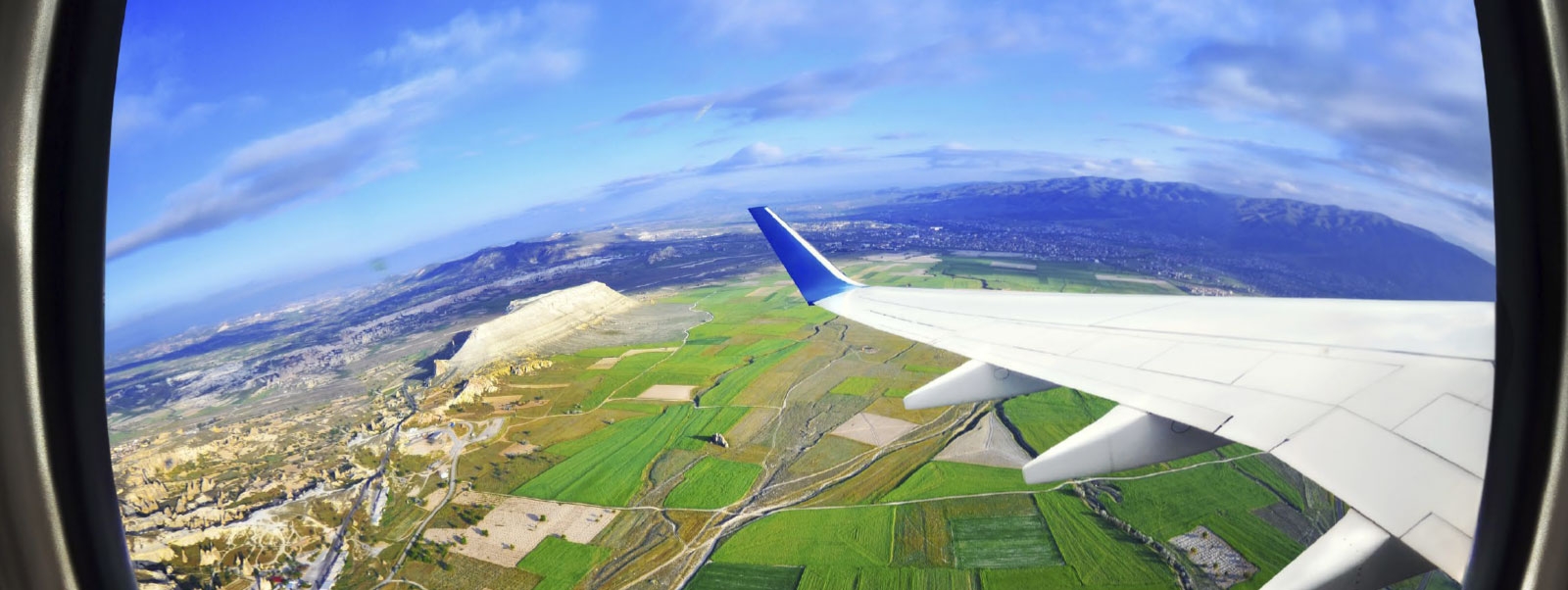Even more impressive, margins remained strong despite recent revenue challenges. Yields have begun to decline after peaking in 2014, that is, airlines are bringing in less money on each revenue passenger mile. Unsurprisingly, the recent yield declines appear to coincide with creeping capacity growth for US carriers system wide, but particularly in the domestic market.
The revenue decline leaves observers questioning whether airline profits can outlast the fuel cycle.
The report includes:
- Profit margin data
- Break-even load factors
- US carrier capacity
- Passenger yield
- Ancillary revenue
- Revenue per available seat mile (RASM)
- Cost per available seat mile (CASM)
- Narrow-body and Wide-body data
- Jet fuel costs and labor costs
- Capacity analysis
- Stage-length adjusted revenue per available seat kilometer (RASK) and cost per available seat kilometer (CASK) for international carriers
Since January 2000, US airlines have paid as little as $0.60 per gallon of fuel and as much as $3.83 per gallon, a 538% difference. To help illustrate how fuel price fluctuations impact an airline’s operating profit, a fuel cost variance analysis is used. Although the impact is theoretical as market pricing, demand and other costs are also influenced by these same changes, the analysis does highlight the magnitude of impact from fuel price volatility on profitability. This fuel variance analysis assumes that pricing, passenger demand and all non-fuel costs are unchanged when user-selected fuel prices are applied.
Notes: Based on DOT Form 41 P1.2 and P5.2 data for the second quarter of each year. Financial figures in US dollars. Fuel cost per passenger and gallons per passenger are per segment.







